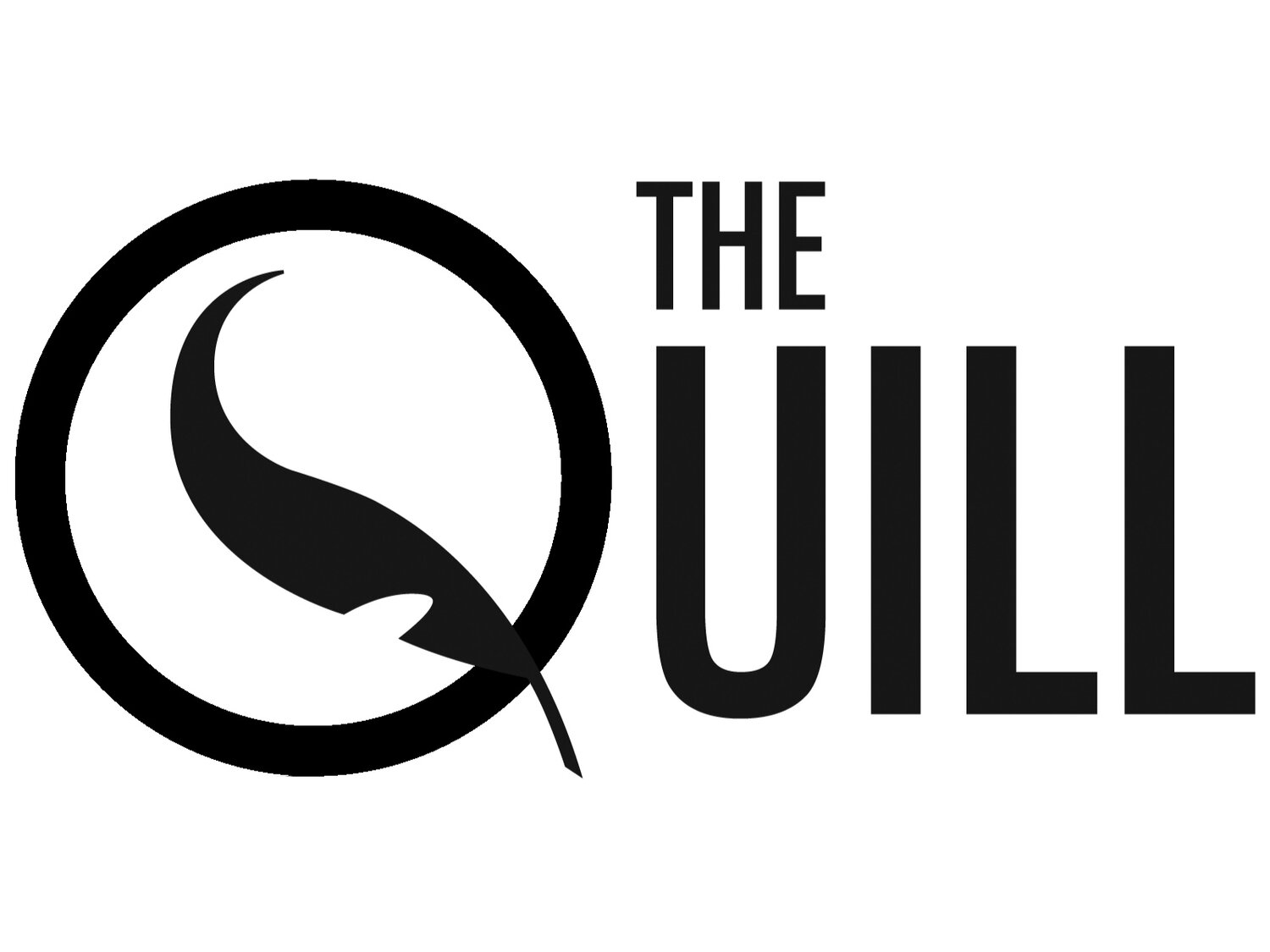The Fortress of Louisbourg. (Lukester878/Wikimedia Commons under CC-BY-SA 3.0)
Two current BU Anthropology students and one BU alumni spent part of their summer at a Bioarchaeology Field School excavating an 18th century burial ground at the Fortress of Louisbourg in Cape Breton, Nova Scotia. Bioarchaeology is the study of human remains from archaeological sites; students participated in excavation of the site, recovery of remains and other artifacts, as well as cleaning, and assessments associated with human skeletal remains.
The University of New Brunswick and Parks Canada are collaborating to document the site and removed remains threatened by coastal erosion. It is expected that the project and subsequent field schools will continue for many years to come.
The Fortress of Louisbourg was a French fishing port and military stronghold, brought to its end with a siege by the British; today the fortress is a national historic site. Rochefort Point is a narrow peninsula being gradually washed away by the Atlantic due to rising sea levels. When the infrastructure in the town of Louisbourg was realigned in 1722, the local cemetery was moved outside the fortress to Rochefort Pointe; there may be as many as a thousand French, New Englanders, and British buried on the Pointe.
Since the fortress’s occupation in the mid-18th century, the coastline has receded 15 to 18 metres. Many fishing properties and a siege battery have already been lost to coastal erosion. Long-term rescue archaeology was deemed necessary to save the artifacts, remains, and the stories they have to tell, as the peninsula is expected to recede 90 centimeters over the next 100 years.
The foremost goal of the field school was to remove the remains with utmost dignity and respect to protect them from being swept into the sea by coastal erosion. It is a fringe benefit that UNB now has the opportunity to study the individuals and learn about the demographics, burial customs, health, diet, and nutrition about 18th century Louisbourg.
The group was able to excavate 27 individuals over the course of 4 weeks. Other items recovered in excavation were buttons, shirt links, shroud pins, and crucifixes. After being studied, all the remains will be reburied at the Fortress of Louisbourg in an area less threatened by rising sea levels.
Recent BU graduate Nicole Hughes describes field school as “a fantastic experience where I learned how to excavate human remains. When I first arrived, I was very naïve about the process of an excavation, from first deciding where to dig to actually recovering remains and cleaning them in a laboratory. Throughout the field school, I was able to excavate four burials and quickly gained skills on how to use the tools to excavate, properly document the burial with photographs and drawings, and remove individuals from their grave. The staff involved were amazing at answering questions and helping students learn the basics of working in the field. Being the only bioarchaeology field school in Canada, I highly recommend the experience to any student who has an interest in Anthropology.”
